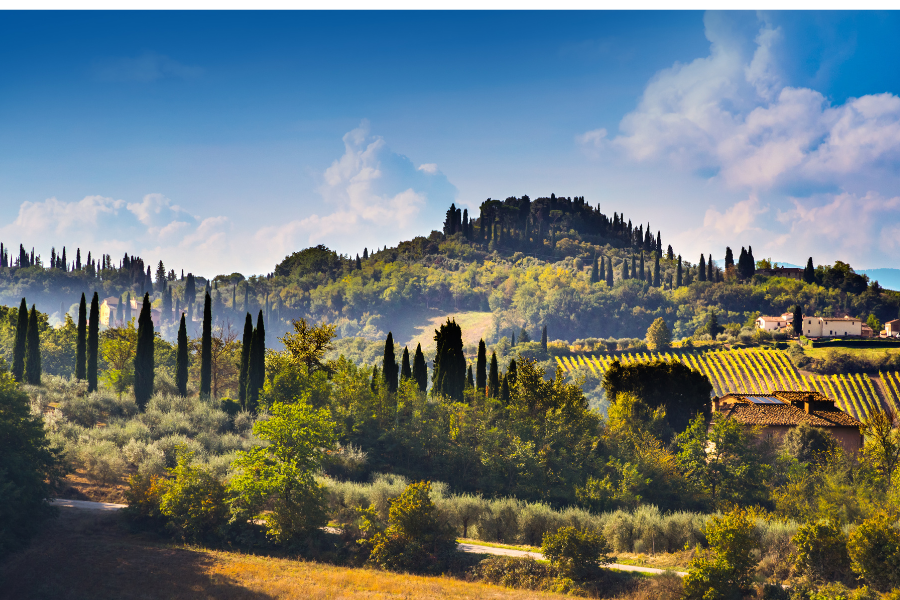The planet naturally operates cyclically, each season bringing something different to the table. As we become more conscious of how our daily decisions impact the environment, we also need to look at our eating habits.
What does eating seasonally mean? Eating in season is a lifestyle that promotes eating fruits and vegetables that are naturally in harvest during the current period of the year you’re in and at your geographical location.
Eating out of season is a relatively new phenomena for humans. In order to be able to eat this way, we needed to control the growing seasons, weather and atmospheric conditions. Year round intensive agriculture and globalization meant we needed to transport these delicate foods long distances while still looking appealing to the consumer.
The current system of mass production and exportation of produce isn’t sustainable. Does it make sense that food needs to travel across the planet to make it to your plate? How does it impact you, society and the environment?
Eating Seasonally…
1. Reduces the carbon footprint of the food you eat
Eating out of season uses increases your food’s carbon emissions. Growing a tomato in winter, for example, will need artificial heating and lighting to mimic its needed growing conditions. This requires a lot more energy. Most of the food in our big supermarkets come from industrialized farms. These farms streamline their processes and usually focus on growing a single type crop in large quantities. Fossils fuels and water are used a lot more in industrialized agriculture. The carbon footprint then continues to rise during the shipping process from farm to market.
By eating seasonally, you are also eating locally. This means getting produce from smaller productions that don’t travel long distances. It also means that your food grew in a more natural environment and didn’t need to consume energy in artificial growing conditions. Eating with the seasons can dramatically impact the carbon footprint that your food has.
(For more about the impact of industrialized agriculture, click here)
2. Reduces the preservatives, pesticides, fungicides and chemicals that you consume
Although these chemicals can help yield more product, they are slowly killing us and the planet. The excessive use of chemical fertilizers and pesticides are essential to industrial agriculture and eating out of season. In addition these foods need to be processed, usually through the use of chemicals, to be able to endure the long voyage and still look appealing on the shelf.
Let’s look at the production of bananas for example. Bananas are typically grown in intensive mono cultivation systems. They need large amounts of fertilizers and pesticides. Bananas are picked while the fruit is green and immature. They get shipped by freight and then processed in maturation centers. In these maturation centers bananas are exposed to gaseous mixtures which include ethylene. These chemicals trigger quick and artificial maturation in a short period of time. This way the unripened green banana that was picked, looks yellow when it gets to consumers.
These chemicals and pesticides are horrible for our health. Ethylene, which is used for the banana maturation, is a documented carcinogenic. It has damaging effects on the brain, central nervous system and reproduction. (For more about how pesticides affect our health, click here)
Eating seasonally and locally means there is less of a need for these harmful chemicals. However, smaller local productions doesn’t necessarily mean that the produce is pesticide free. Getting to know your local growers and opting for organically cultivated foods is an important step in eliminating these harmful poisons.
3. Is a more natural and sustainable way of eating
Eating seasonally needs less human intervention. Farmers work with the seasons and not against them. There isn’t a need to create artificial atmospheres or manipulate the weather conditions to grow food. When we work with nature and not against it, we build a stronger connection and deeper understanding of the earth cycles and our natural eating patterns. Our ancestors understood this, but we’ve forgotten this in our current systems.
4. Supports your community
Consuming seasonal food from local sources supports local food economies. It helps the small and medium sized farmers and their families in your area. Choosing to spend on locally grown seasonal foods, helps communities establish local food security, increases social capital and helps improve community amenities.
5. Is more nutritious and flavorful
Seasonal produce grows in natural and usually more optimal conditions. They ripen in the sun instead of artificial conditions. They are picked when ready, ripe and at the peak of their nutritional content. They take a shorter distance from farm to table. So when you eat them, they are fresher, tastier and healthier. Industrialized all seasons produce are picked before they are mature and travel long distances to get to you. This storage and transportation process usually entails cooling, heating and sometimes preserving the produce so that they look good when they get to the market. All of this takes away flavor and their nutritional index.
6. Gives you a more varied diet
Eating seasonally and from local sources will also most likely mean that you are consuming a more diversified diet. Every season is different and brings its unique gifts to our plates. Local farms will typically grow various foods and different cultivars of the same fruit or veggie, many of which cannot be found in large supermarkets.
Current globalized intensive food systems focus on single varieties of product that produce larger yield, can travel well and are visually appealing to the consumer. With time, this has led us to having a more limited diet and the possible extinction of heritage produce. In 2010, the Food and Agricultural Organization reported that “that modern diets and food production methods are part of the problem of shrinking genetic diversity. 17,291 species out of 47,677 so far assessed are threatened with extinction.”
Increasing biodiversity is the key to creating a healthy and sustainable food system. Biodiversity helps maintain thriving ecosystems that support plants and wildlife. So next time you go to your local farmer’s market, try something different.
7. Reduces food waste
Almost 40% of all food in America is wasted. That’s 108 billion pounds (49 billion kg) of food or the value of $408 billion wasted each year. Food waste happens at every level of the production – from the growers, to the packers, to transportation, to retailers and to us consumers.
Eating locally reduces the travel that food takes to get to your plate. This automatically reduces its chances of spoiling and therefore decreases food waste.
8. Helps wildlife and pollinators
Monoculture farming and being able to eat foods year round aren’t phenomena that exist in nature. Unnatural conditions need to be created in order for it to be possible. Techniques and strategies used in these industries don’t happen in a vacuum and impact various aspects of the environment. These modern food systems are detrimental to pollinators, wildlife and wildlife habitats.
Studies show that there is a link between decreased wild pollinators and industrialized single crop farming. The widespread use of chemical fertilizers and pesticides kill insects including pollinator colonies.
Other wildlife are not spared either. It is estimated that 7.3 billion wild animals are killed annually due to monoculture farming. Deer, birds, and rabbits are just some examples of what is labeled as “vertebrate pests.”
According to Greenpeace, 80% of deforestation is due to the agribusiness. Creating single crop fields is one of the leading causes in destroying wildlife habitats.
A lot of work is needed in order to change our current food systems so that it not only supports us, but also the wildlife with which we share this planet. Although eating locally and seasonally isn’t going to resolve all these issues, it is a great step in the right direction. Supporting smaller farms that diversify their crops and utilize organic methods will help support pollinators and protect wildlife locally.
Eating Seasonally is a great lifestyle to adopt. It’s good for you, wildlife and the environment. However, there can be some challenges to eating this way. To find out what they are and also 5 tips on how to eat in season, click here.
Sources: Nourish by WebMD, United Nations Conference on Trade and Development- Banana Production, Cambridge University Press – Seasonal Eating and Sustainability, Food and Agricultural Organization of the United Nations – Sustainable Diets and Biodiversity, Feeding America, Antrhopocene Magazine, Greenpeace – Agribusiness and Deforestation






